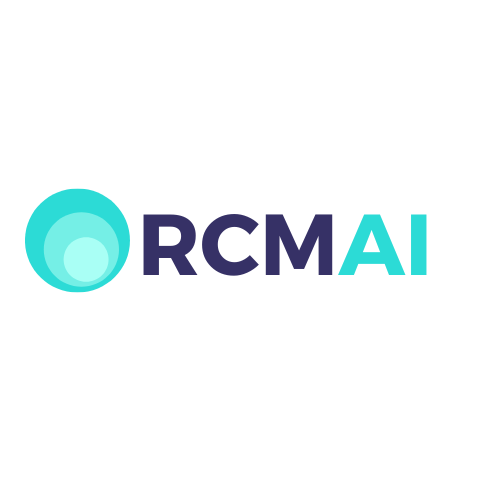Machine learning is a rapidly growing field that has already transformed numerous industries, and healthcare is no exception.
In recent years, machine learning has been leveraged to help healthcare organizations streamline their revenue cycle management, unlock new insights from their data, and ultimately, improve patient care.

The healthcare industry is no stranger to vast amounts of data, but until recently, it was difficult for organizations to make sense of it all. Traditional data analysis methods can only go so far, but machine learning algorithms can process and analyze vast amounts of data in real time. This allows organizations to quickly identify patterns, make predictions, and discover new insights that would have gone unnoticed using traditional methods.
One of the key areas where machine learning can help healthcare revenue cycle management is by identifying trends in patient behavior and billing patterns. With machine learning algorithms, healthcare organizations can analyze large amounts of patient data and billing information to identify trends affecting their revenue cycle.
For example, machine learning algorithms can identify patients who are most likely to miss appointments or at a high risk of defaulting on payments. This information can then be used to create targeted interventions, such as appointment reminders or billing incentives, that will help to improve patient engagement and increase revenue.
Another area where machine learning can help healthcare revenue cycle management is by reducing the risk of fraud and waste. Fraudulent billing practices can cause significant financial losses for healthcare organizations, but with machine learning algorithms, these organizations can quickly identify and prevent fraudulent activity.
Machine learning algorithms can analyze vast amounts of billing data to identify any patterns or anomalies that may indicate fraudulent activity, such as duplicate billing or excessive use of high-cost procedures.
Machine learning can also help healthcare organizations to improve their financial performance by identifying areas for cost optimization. With machine learning algorithms, organizations can analyze large amounts of data related to staffing, resource utilization, and supply chain management to identify any areas where costs can be reduced.
For example, machine learning algorithms can optimize staffing levels, reduce unnecessary resource utilization, or identify more cost-effective suppliers.
Machine learning has the potential to revolutionize healthcare revenue cycle management by providing organizations with new insights into their data. With machine learning algorithms, healthcare organizations can identify trends, prevent fraud, improve financial performance, and ultimately, provide better patient care.
If you’re looking to stay ahead of the curve in healthcare revenue cycle management, it’s time to consider the benefits of machine learning.



